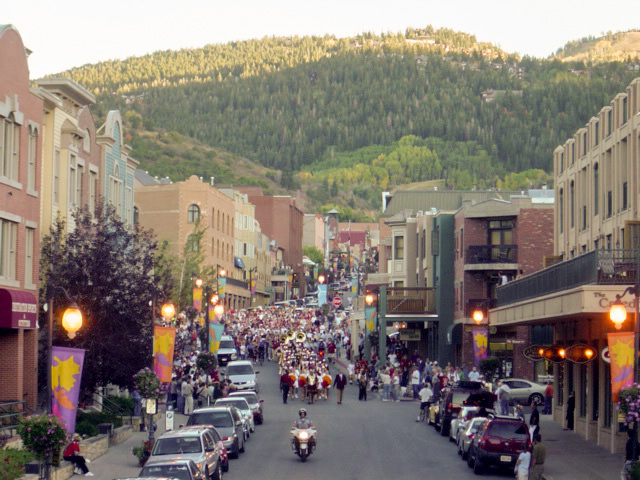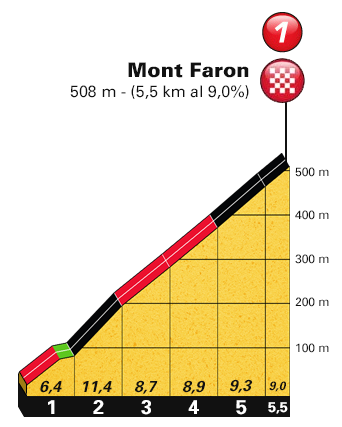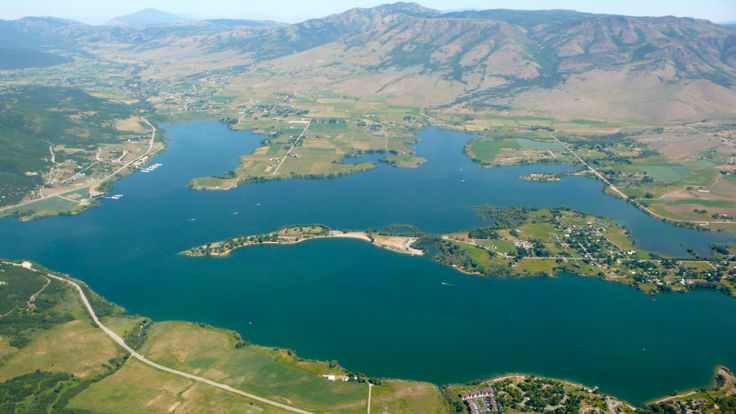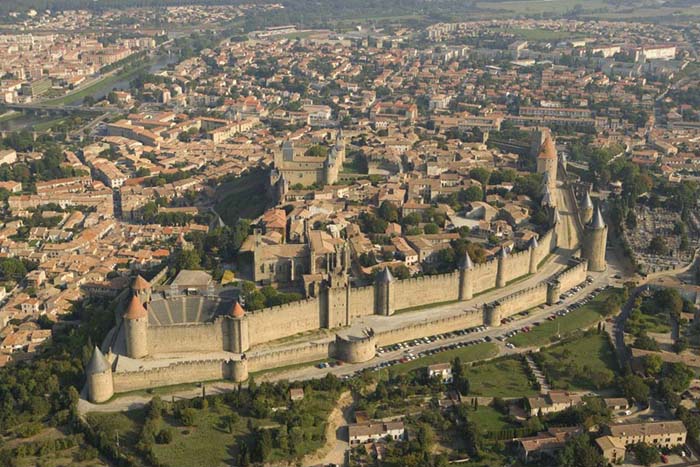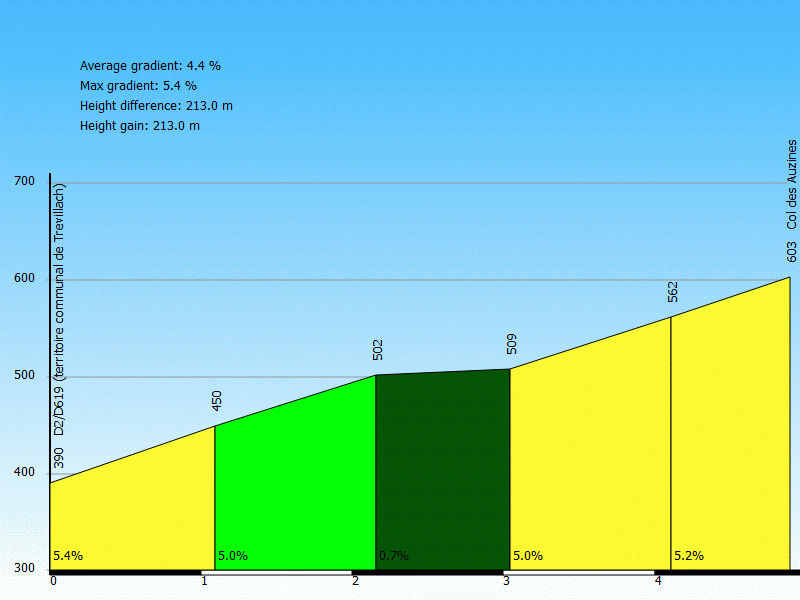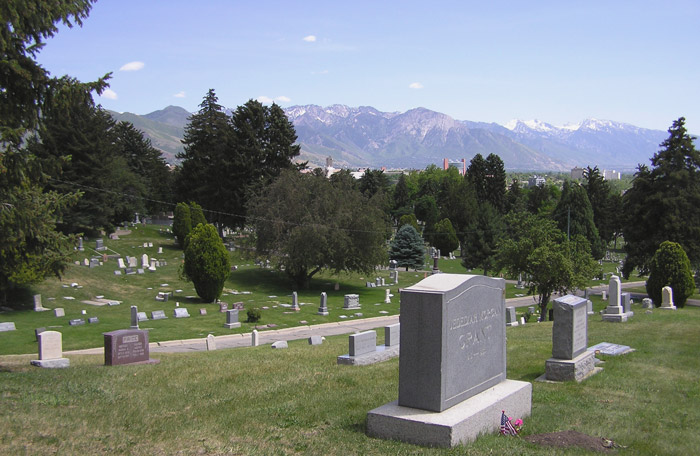Paris Nice: Stage 8: Nice - Nice, 161 km
Last stage in this version of Paris - Nice, and perhaps the queen stage (along with the Mont Faron stage). The stage isn't very long, only 161 km, but it is definitely the stage with most height meters and most climbs; 2 cat. 1 climbs, 3 cat. 2 climbs and 2 cat. 3 climbs.
The stage both starts and finishes in Nice, working it's way through the mountains surrounding Nice in a clockwise circle. After the first climbs to Aspremont, Chateauneuf and Berres les Alpes, the highest point of the tour is reached at Col de Braus with 1002 m. After descending to Sospel, the route goes south over Col de Castillon down to the Mediterranen again.
From Menton they start the perhaps toughest climb of this years PN, the 12 km climb to Col de la Madone. If there is riders who are fighting in the GC, this is the place to make a move by attacking or keeping a high pace to soften the other riders legs before the last climb to La Turbie. After a 20 km descent from Madone, the last climb to La Turbie starts. It's rather short, only 4 km, but steep. From the top it's 15 km to the stage finish in Nice.
Climbs:
38 km: Aspremont: 6,6 km, 4,6 %
48 km: Col de Chateauneud: 3 km, 6,3 %
62 km: Berres les Alpes: 6,5 km, 6,2 %
76 km: Col de Braus: 9,4 km, 6 %
94 km: Col de Castillon: 5,8 km, 5,6 %
121 km: Col de la Madone: 12 km, 7,1 %
146 km. La Turbie: 4 km, 7,8 %
Profile:
Map:
















